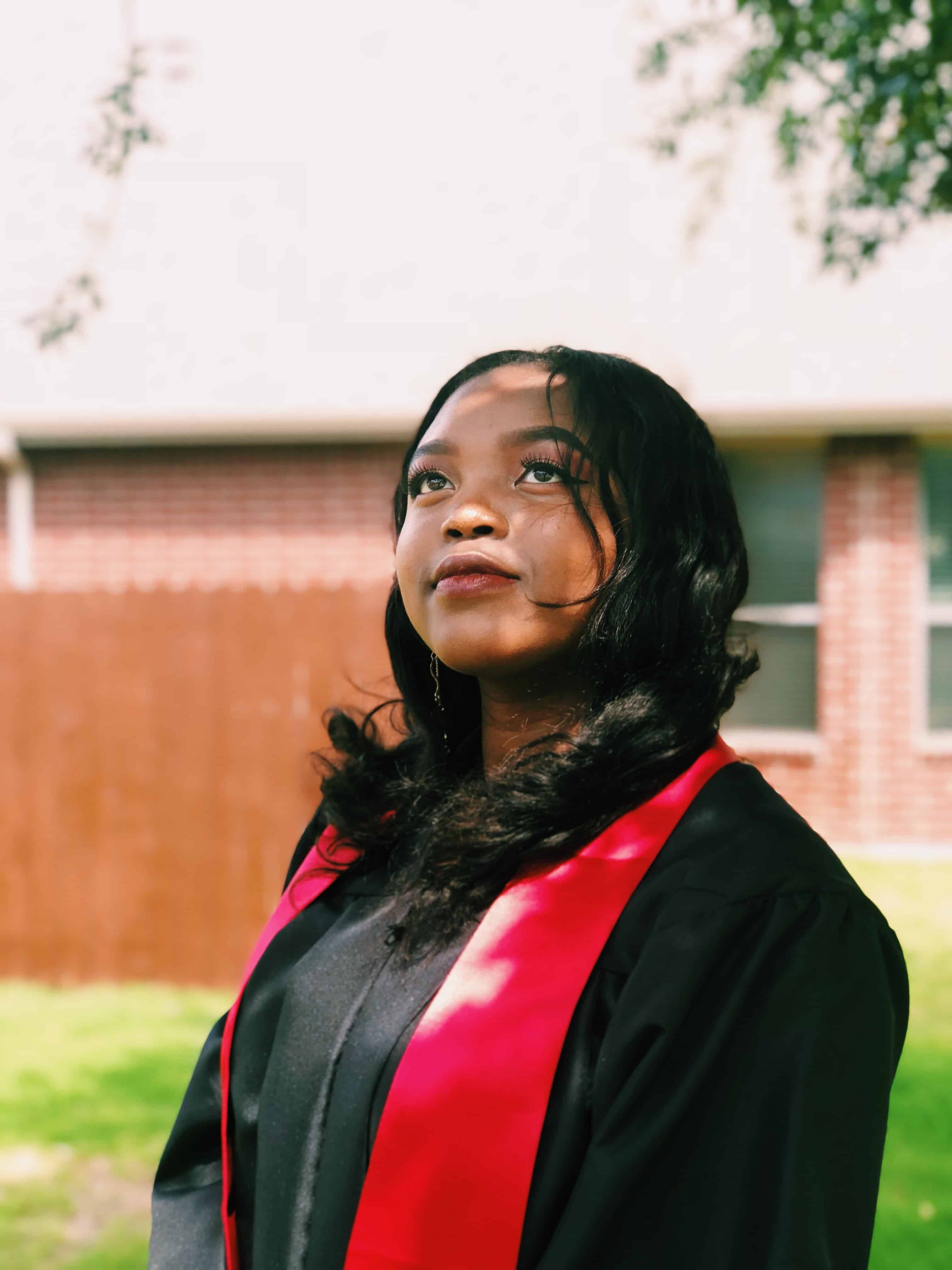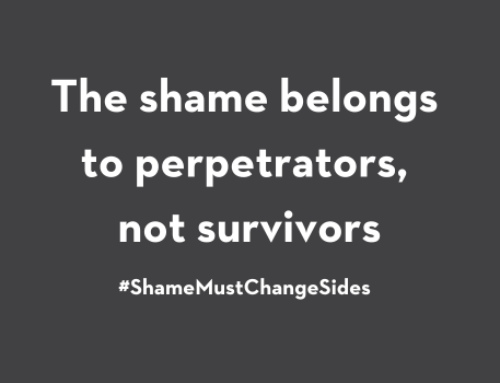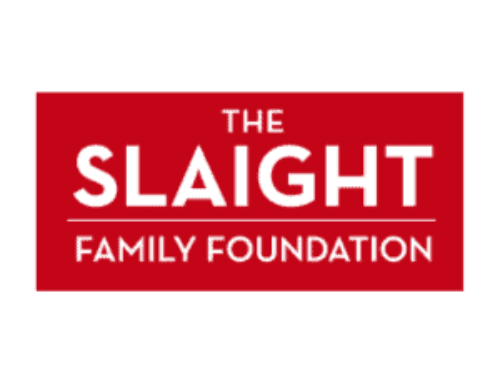University campuses are often catalysts for change. So how has campus culture responded to the #MeToo movement?
We spoke to Carleton University’s Sexual Assault Support Coordinator Bailey Reid about violence on campus, and how her conversations about consent are shifting.
Tell me a little bit about your role at Carleton. What kind of work do you do?
In my role I do a lot of violence prevention work, which involves providing workshops and training to staff, students, and faculty. I also do other public education and awareness campaigns, and provide support to folks on campus who have experienced sexual violence. Additionally, I do work on our Sexual Violence Policy. We’re actually embarking on a review of that policy right now, so I’m working on holding public consultations and drafting changes.
In your work have you noticed a change in student culture because of #MeToo – especially in terms of the kinds of conversations students are having around consent?
I definitely think there’s been an interesting shift in the conversation with the #MeToo movement. It’s been amazing for raising awareness about sexual violence, because we’re talking about sexual violence so openly and freely now. And I think it’s wonderful for our students who have experienced sexual violence to see that they’re not alone, and that there are other people out there who have gone through what they’ve gone through. There’s a support network for them.
There is of course some pushback. There are people who have criticisms of the #MeToo movement, and there are people who still want to victim blame survivors of sexual violence. I think being able to combat that rape culture and those rape myths is something that I really value as part of my role, and it’s one of the most important things that #MeToo is doing for us now.
Anecdotally, what we’re seeing from community sexual assault support centres is that there are absolutely more people seeking support in the #MeToo era. We need to think about how resources are being given not only to centres like the one that I work in, but to the centres who are on the front-lines of sexual violence.
In a survey our Foundation conducted this year, we learned that Canadians’ understanding of consent has decreased over the last three years, with only 28 per cent of Canadians fully understanding what it means to give consent, compared with 33 per cent in 2015. Why do you think this is?
I actually always use this stat when I do training on sexual violence on campus. Since 2015 we’ve shared so much knowledge, and we’ve heard so many #MeToo stories, and we talk about sexual violence in the media all the time. How is it possible that our understanding has decreased?
Maybe #MeToo stories and conversations have led people to be more confused about consent. But what I know is that, even if not everybody can name all the factors of consent, everybody knows what consent feels like. That’s usually what I tell folks. You know what you like, you know what makes you feel comfortable, and you know when you’re not comfortable. Even just asking yourself if a partner seems like they’re having fun can make all the difference. It can be that simple.
Of course, you want to have those conversations about consent before the university-level. If university is the first time someone’s hearing about consent, that’s too late. We really need to be talking about these things much earlier, and introducing and normalizing conversations around consent and sex is key to that.
At the Foundation, we’re often asked what can be done to solve the problems that #MeToo has brought to light, or what our solution is to gender-based violence. Normally, we say consent education, and teaching teens healthy relationship skills. What do you think is an effective solution based on your work on campus?
Before I worked at Carleton I did this same kind of work in the community, and I do think the conversations that happen on campus are unique.
According to the Canadian Federation of Students, one in five women experience sexual assault while attending a post-secondary institution. And that to me is something we really do need to talk about. The way that this is happening on campus is different in that most people do know each other when it happens, and certainly alcohol and drug use are a factor a lot of the time. And even if you don’t necessarily know the person that caused harm that well, there’s a good chance you’re going to run into that person again, because campus is like a small town.
Part of the solution on campus is not just to take a punitive approach to responding to harm, but to also look at what we can do to respond in a restorative way. We need to think about how to respond to harm in a way that makes it possible for people to move forward, so that survivors have equal access to education throughout the process of healing. Because that should be the goal at the end of the day.
Can you tell me about a time when you looked around and realized that the culture on campus was changing, or that all of this was working?
There are so many. This orientation week, for example, we launched a campaign for the first 6 weeks of school called #CUrious, and I was heartened when I spoke to all the first-year students living in residence. When I asked the group how many of them felt like they had a good understanding of consent, almost every hand in the room went up.
I think in a lot of ways that that’s really positive. This group of students had sex ed. in school that was comprehensive, and they were open to the conversation about sexual violence. I’m really excited to see the momentum, and it isn’t just coming from folks who have been doing this work for a long time, but from students who are going to be leaders. That’s one of the most exciting things.
Learn More:
- Read our fact sheet on the #MeToo movement in Canada.
- Read our blog post Q&A: Support Needs Spike After #MeToo
Take Action:
- This post was published just before the international 16 Days of Activism Against Gender-Based Violence: Here are six ways you can take action here in Canada!
- Help address the increased demand for sexual assault support services in Canada: Donate to AFTERMETOO.
- Sign up for our e-newsletter to have our latest stories and resources sent to your inbox.
- Follow us on Facebook and Twitter to join a national conversation about ending gender-based violence.







